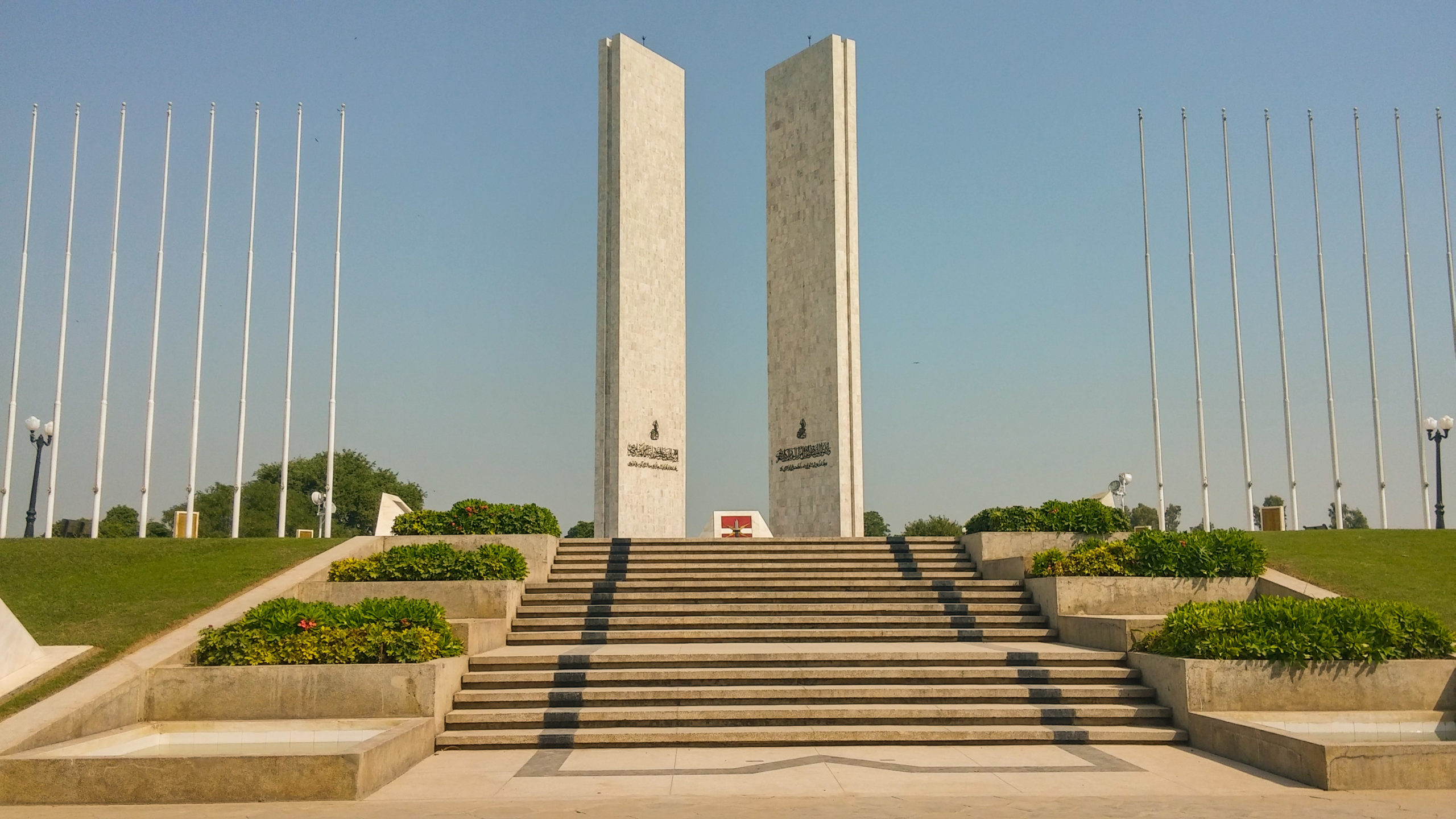
History
Gujranwala (Punjabi, Urdu: گوجرانوالہ) is a city and capital of Gujranwala Division located in Punjab, Pakistan. It is also known as “City of Wrestlers” and is quite famous for its food. The city is Pakistan’s 5th most populous metropolitan area, as well as the 5th most populous city proper. Founded in the 18th century, Gujranwala is a relatively modern town compared to the many nearby millennia-old cities of northern Punjab. The city served as the capital of the Sukerchakia Misl state between 1763 and 1799 and is the birthplace of the founder of the Sikh Empire, Maharaja Ranjit Singh.
Introduction
Gujranwala is now Pakistan’s third-largest industrial center after Karachi and Faisalabad and contributes 5% of Pakistan’s national GDP. The city is part of a network of large urban centers in the north-east Punjab province that forms one of Pakistan’s most highly industrialized regions. Along with the nearby cities of Sialkot and Gujrat, Gujranwala forms part of the so-called “Golden Triangle” of industrial cities with export-oriented economies.
Geography
Gujranwala sits at the heart of the Rachna Doab – a strip of land between the Chenab in the north, and Ravi River in the south. Gujranwala is also part of the Majha – a historical region of northern Punjab. The city was built upon the plains of Punjab, and the surrounding region is unbroken plain devoid of topographical diversity.
Gujranwala is in the Rachna Doab region of Punjab, marked in grey. Gujranwala is 226 meters (744 ft) above sea level, sharing borders with Ghakhar Mandi and several towns and villages. About 80 kilometers (50 mi) south is the provincial capital, Lahore. Sialkot and Gujrat lie to its north. Gujrat connects Gujranwala with Bhimber, Azad Kashmir, and Sialkot connects it with Jammu. About 160 kilometers (99 mi) southwest is Faisalabad. To its west are Hafizabad and Pindi Bhattian, which connect Gujranwala to Jhang, Chiniot, and Sargodha.
Climate
Gujranwala has a hot semi-arid climate (BSh),[28] according to the Köppen-Geiger system, and changes throughout the year. During summer (June to September), the temperature reaches 36–42 °C (97–108 °F). The coolest months are usually November to February, when the temperature can drop to an average of 7 °C (45 °F). The highest-precipitation months are usually July and August when the monsoon reaches the Punjab. During the other months, the average rainfall is about 25 millimetres (0.98 in). October to May have little rainfall.
Architecture
There are various historic buildings in Gujranwala, e.g. Brandreth Gate, Lahori Gate, Khiyali Gate in the Bazar area, the Main Railway Station built in 1881 und the Clock Tower dating from 1906. One of the largest churches is Saint Paul’s Presbyterian Church, inaugurated in 2010.
Sources: Wikipedia